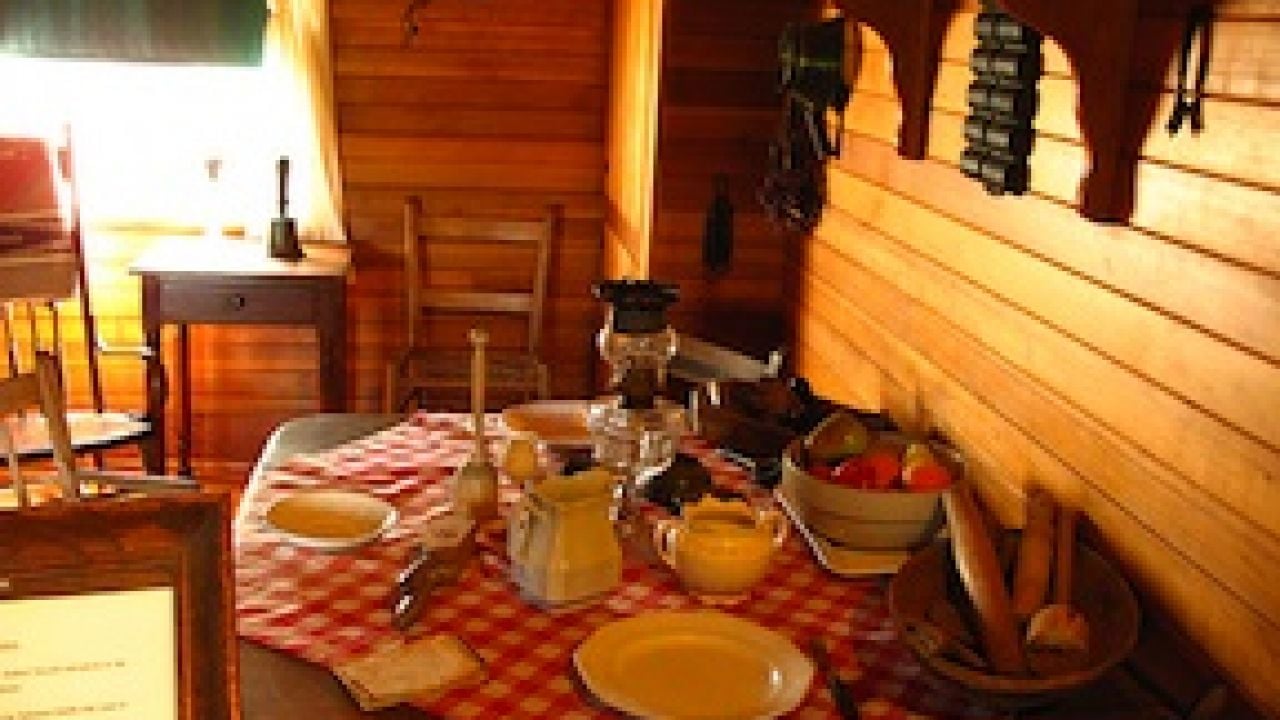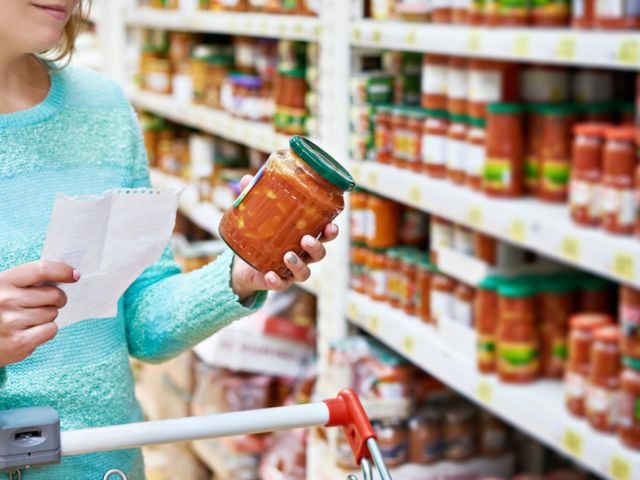
Treat your guests to a home and food that are healthy for them and the environment. New for you this year: our Meat Eater's Guide to Climate and Health. What's the difference between cage-free and free-range? Grass-fed and pasture-raised? Our label decoder demystifies shopping - everyone needs one! Back by popular demand -- holiday kitchen tips from Jane Houlihan, senior vice president for research at Environmental Working Group:
1. Choose food low in added chemicals and pollutants Food can contain ingredients we don't want to eat - pesticides, hormones, artificial additives and food packaging chemicals. Some simple tips to cut the chemicals:
- Buy organic when you can. Organic produce is grown without synthetic pesticides (I prefer my dinner without, thanks!). Organic meat and dairy products limit your family's exposure to growth hormones and antibiotics.
- It's OK to choose non-organic from our "Clean 15" less-contaminated conventional fruits and vegetables, too. EWG's Shopper's Guide to Pesticides ranks popular fruits and vegetables based on the amount of pesticide residues found on them. Get the iPhone App).
- Cook with fresh foods, not packaged and canned, whenever you can. Food containers can leach packaging chemicals into food. I like to check in with EWG's Healthy Home Tips when planning grocery trips.
- Eat healthier meat. When shopping, look for: - Grass-fed or pasture-raised - Lean cuts - No antibiotics or hormones - Certified organic - Certified humane - Local - Unprocessed, nitrate-free and low sodium - Want to know more? Check our report
2. Use non-toxic cookware Using a great pan makes a huge difference. I skip the non-stick so that my kids, pets and I don't breathe toxic fumes from overheated non-stick pans.
- For safer cooking, EWG suggests cast iron, stainless steel and oven-safe glass. Yes, there are many new products on the market, but most companies won't tell you exactly what they are. They don't have to release their safety data to the public.
- Cook safer with non-stick if you're stuck with it. Never heat an empty pan, especially at high heat, don't put non-stick baking pans in an oven hotter than 500 degrees F, and use your stove's exhaust fan.
- Learn more about cooking safely in our Healthy Home Tip: Skip the non-stick.
3. Store and reheat leftovers safely Leftovers can extend the joy of a holiday -- by giving you a break from the kitchen! But be sure to avoid plastic when storing and (especially) when heating them. Here's why -- and how:
- The chemical additives in plastic can migrate into food and liquids. Ceramic or glass food containers (like Pyrex) are safer.
- Don't microwave food or drinks in plastic containers, even if they claim to be "microwave safe." Heat can release chemicals into your food and drink. Microwaves heat unevenly, creating hot spots where the plastic is more likely to break down.
- If you do use a plastic container, handle it carefully. Use it for cool liquids only; wash plastics on the top rack of the dishwasher, farther from the heating element (or by hand!); Cover food in the microwave with a paper towel, not plastic wrap. Also, avoid single-use plastic like bottled water bottles. Reusing it isn't safe -- it can harbor bacteria, and tossing it fills up landfills and pollutes the environment.
- Read more about heating and storing food safely in EWG's Healthy Home Tip: Pick plastics carefully.
We wish you and yours a very happy holiday season. Happy Holidays! P.S. Take a look at EWG's recommended reading list from the year - great gift ideas for others - and, of course, yourself.



